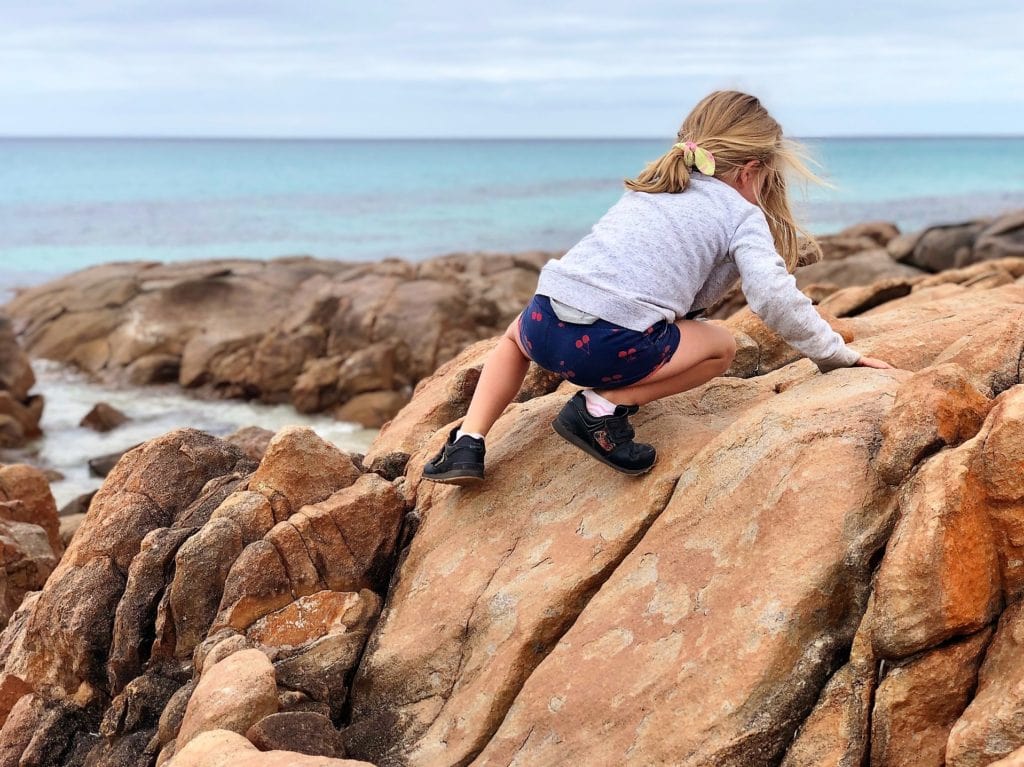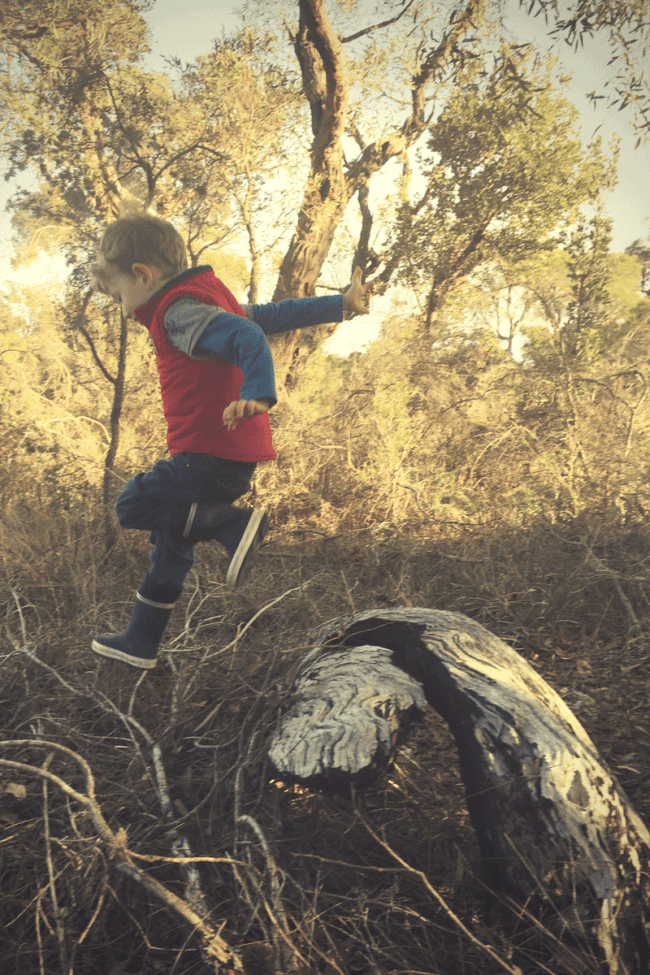Recent research out of the Royal Children’s Hospital delivered some good news – most parents (94%) recognise the benefits of play for a child’s physical, wellbeing and brain development. Good news for those of us in the business of raising happy, healthy humans.
We know that a child’s physical, wellbeing and brain development continues well into their teens and young adult lives. So why then, do we largely disregard play once they lose their baby teeth? My inkling is that the word play has been associated with little ones for so long that we have disassociated it from big kids and adults. It doesn’t really matter what word we use, as long as we continue to do it. Pasi Sahlberg (international leading thinker in effective education and advocate of play) suggests that in education settings the term SEED might be more easily accepted – Systematic Exploration, Experimentation, and Discovery. This, he argues, is essentially what play is.
This led me to ponder what else play is as we grow and develop. What is play to a 12 year old? What is play to a 16 year old? It is usually something like hanging out with friends and having freedom to mess around, to be silly and laugh. It usually involves being away from adults (teachers and parents). Children of all ages play more creatively, bigger, and bolder when they are away from the adult gaze. Time away from adult gaze also offers opportunity to take risks – trying new things and testing abilities.
As children grow, their risky play develops – from running fast to escape the threat of a tickle, to swinging high, jumping off increasingly higher things, climbing higher, balancing precariously, riding with no hands (we all tried it at least once, didn’t we?), skateboarding, going on nauseating rides at theme parks. These are all the kinds of healthy and important risky behaviours kids need to experience as part of a healthy and resilient childhood. It tests and develops their physical and emotional skills. They learn to move with the exhilaration and slight fear and not freeze up. They get to delight in the adrenaline and sense of achievement. They also learn what is too high, too fast, and too much and learn to recover from scraped knees, bruised shins, and bruised egos.
I’m quite sure that most adults experienced these exhilarating risky behaviours as youngsters, so why is it that one third of us (32%) don’t think risky play is good for kids?
My best guess is that we don’t want to be seen as bad parents. For some parents (particularly Indigenous parents) this is a valid concern. After generations of having children taken away, it is understandable that there may be a fear associated with a child getting hurt and “the Department” stepping in. For those of us who have never had to personally consider such a sickening idea, where does our fear stem from? Fear of injury or fear of judgement? If we look at the actual risk (not the perceived risks), it is much more detrimental to our children and their long-term health if we don’t let them play and take age-appropriate risks with their friends.
We know that the opportunity for kids to take risks has all but disappeared from the school yard, so it’s even more essential that as a community we provide the space for kids, including teens, to develop through unstructured play. Kids of all ages and abilities are an important part of our community and they need to be included and provided for. This means spaces to hang out, to test abilities, to hide, climb, jump, ride, chill out and make noise. It means spaces for girls and spaces for boys (who often like to play differently and separately), spaces for kids of differing physical abilities and different ages. We need to provide space for bubs and teens and everyone in between, and we need to make them feel welcome and safe. Not safe because we are watching, but safe because we trust them enough to not watch. Let’s resist the temptation to dob on them for making noise and instead delight in the fact that they are being active and playing.
We adults need to encourage and support each other to let our kids be kids. When we do, we will see how much more confident and resilient they become. For anyone wondering what age-appropriate risk is, I recommend starting by reminiscing. What were the fun risky things you did as a kid? Has your child had the opportunity to try them by the same age? If you really can’t remember, have a look at Nature Play WA’s list of 51 Things To Do Before You’re 12. I’ll give you a few as a starter – sleep under the stars in the backyard, climb a big rock, jump off a jetty. Adults, I wish you the courage you’re going to need to make sure your child gets the chance to realise their abilities. I promise it gets easier once you see the way they glow after a bit of risky play.


